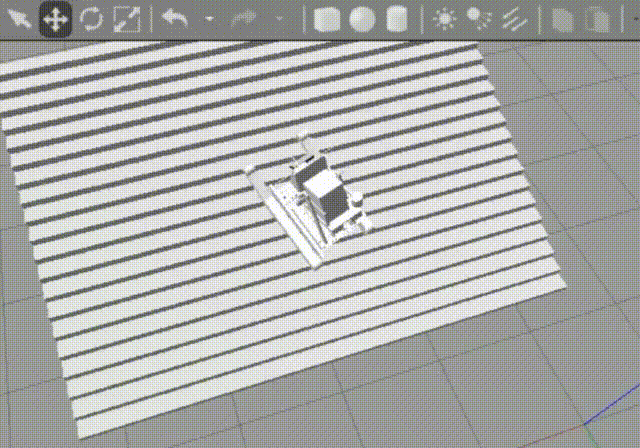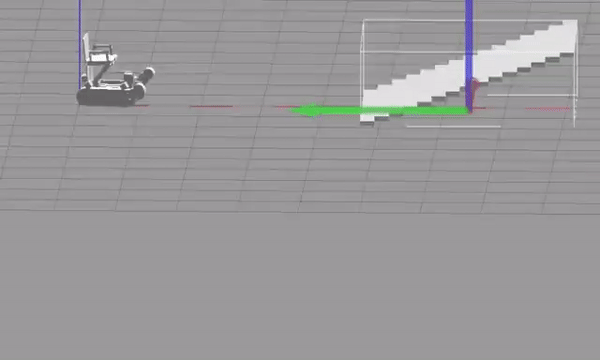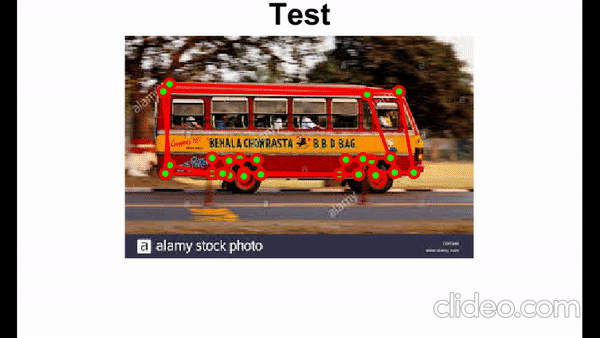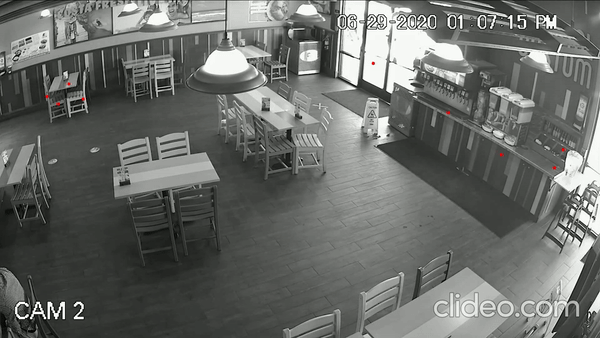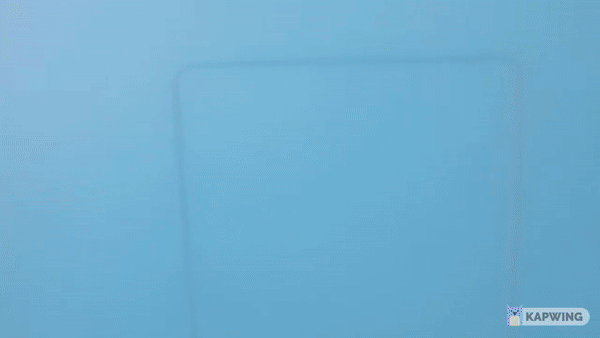|
|
Data-Driven Modelling of a Track-based Stair-Climbing Wheelchair
Yogita Choudhary,Nidhi Malhotra, Pratyush Kumar Sahoo
Indian Institute Of Technology, Varanasi [Accepted as a full paper at AIM 2021, TU Delft]
A stair-climbing wheelchair can notably enhance the autonomy in terms of mobility for the aged and disabled. This paper presents a data-driven system identification approach and a vision-based heading control algorithm for reliable operation of a stair-climbing wheelchair. We develop a track-based wheelchair model and propose a methodology for autonomous stair traversal. Modeling the dynamics of track-based systems is a challenging task. Hence, a data-driven approach based on the Observer Kalman filter Identification/Eigensystem Realization Algorithm is employed for modeling the complex dynamics of the system. For developing an affordable system, low-cost sensors such as Microsoft Kinect and IMU are utilized. We employ a computationally efficient image processing algorithm, and the heading angle is controlled using Linear Quadratic Regulator (LQR). The effectiveness of the proposed methodology for a safe stair traversal is verified in the ROS-Gazebo environment. [Project Page] [Thesis][Code] [Paper]
|
|
|
Semi-Autonomous Stairclimbing Wheelchair
Yogita Choudhary,Nidhi Malhotra, Pratyush Kumar Sahoo, Shyam Kamal
Indian Institute Of Technology, Varanasi [Accepted for presentation at Student Design Competition, AIM Boston, 2020]
We develop a low cost semi-autonomous, robust mechanism for a stair-climbing wheelchair in this work. The core contribution is the system include the design of a variable geometry track-based mechanism which accomplishes the taskof stair climbing. A recursive line merging algorithm with spatial constraints is proposed to detect and localize stairs and output the yaw angle of the robot w.r.t stairs. Additionally, for safety of the user we proposea mechanism to adjust the elevation of the seat through closed-loop feedback control. For attitude estimation, we employ the Extended Kalman Filter Approach. The algorithm fuses data from IMU, RGB and Depth channels of the Kinectsensor. Presence of both RGB and Depth data helps to receive an accurate pose estimate is different lighting conditions. The dynamics of the robot have been approximated as a first-order linear system. A Proportional Integral (PI) Controller isimplemented for Heading angle control to maintain a desiredpath of the wheelchair. Slip Compensation is done using the Slip Compensated Optometry using Gyro approach.Finally,we stress test our algorithms in the Robot Operating System(ROS) simulation software and prove that the algorithm worksefficiently in maintaining zero heading angle throughout ascend [Project Page] [Thesis][Code] [Poster]
|
|
|
Monocular shape and Pose estimation of Indian Vechiles
Pratyush Kumar Sahoo, Sarthak Sharma, K. Madhava Krishna
Robotics Research Center, IIIT-H
We inspected and trained the stacked hourglass network for vehicle pose estimation(Buses) on a synthetic dataset generated by triangulation followed by bundle adjustment and RenderForCNN on 400 ShapeNet CAD Models. The network was trained on a CRF style loss function to force learn inter keypoint distances.[Results] [Report]
|
|
|
InspirARM
Indian Institute Of Technology, Varanasi [Presented at the Inter IIT TechMeet 8.0, Engineer's Conclave]
Designed and 3D printed a robotic arm, used servo motors and arduino to control finger motions. Used an EMG sensor module on the user arm to collect signals and trained a neural network classifier to classify between 5 different hand motions. Later, integrated a raspberry pi camera and utilized a pre-trained mobile net object detection network to predict the most suitable grip depending upon the object detected. [Poster][Presentation]
|
|
|
iDetect
iVizz, cAST Technologies [Filed a Provisional US Patent]
Utilized the work of Zhe Cao et al to build a human touch detection pipeline on 2D surveillance camera feeds. Created a custom pose classification deep neural network to differentiate between human postures taking pose points output from the first network as an input to eleminate false-positives. Showcased results on cluttered Indian Hospital environments. The entire application is deployed at iVizz
|
|
|
Swaayat [Participated in the Student AUV Design Competition]
Inspected and implemented image enhancement algorithms including Homomorphic filters and Contrast stretching on underwater images. Trained and finetuned Detectron-2 for underwater object detection and localization on the Robosub dataset. [Image Enhancement][Object Detection][Concept Design Report]
|
|
|
MediAssess [Third Position Worldwide in the Johns Hopkins Healthcare Design Competition, Ppaper accepted in The 5th International Workshop On Health Intelligence, 35th AAAI 2021 Conference on Artificial Intelligence]
To aid the process of triaging in Emergency Departments of over-stressed settings an automatic triaging system is developed trained on the NHAMCS dataset. The developed model very accurately differentiates critical patients. Further details can be found here. [Website][Code][Paper]
|
